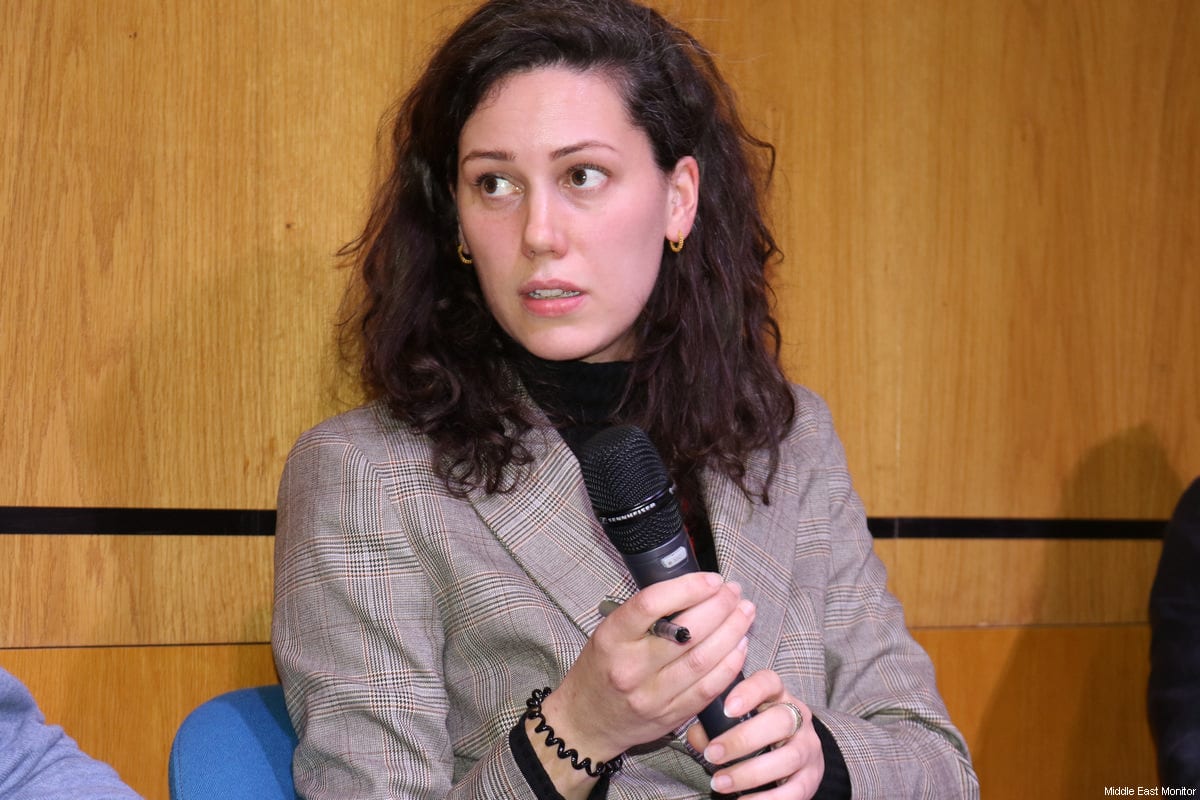Before he became the most powerful person in the Ba’ath party, Saddam Hussein warned he would make a Stalinist state out of Iraq. True to his word he adopted Stalinist-style secret service techniques, along with tribal methods he had grown up around, to eliminate entire families based on the following wisdom: “Don’t get rid of Abdullah, get rid of his whole family, because one member of his family might assassinate us.”
Prime Minister at that time, Hasan Ahmed Al-Bakr, eliminated political and ideological opponents and strengthened the rule of the Ba’ath party with the help of Saddam’s elaborate security apparatus. Ba’athism, or renaissance, was an ideology inspired by Gamal Abdul Nasser’s pan-Arab nationalism, anti-colonialist sentiment and formed the core of the party’s politics. Iraq had been ruled by a British-backed monarch for 30 years before the Ba’ath party overthrew the King.
Saddam was in his early forties when Al-Bakr resigned and he took over the Ba’ath party. Under Saddam Hussein’s rule, government sanctioned torture, rape, enforced disappearances and executions were widespread. Even his family were not immune. In 1995 two of his daughters and their husbands defected to Jordan to provide intelligence on Iraq’s secret weapons programmes. After being convinced to return by Saddam under the guise he had pardoned them, his sons-in-law were shot upon their return.
In March 1988, 20 aircrafts flew over Halabja, a Kurdish city in northern Iraq, and dropped chemical weapons on the town killing up to 5,000 people and leaving the survivors with long-term health problems. “Bloody Friday” as it became known was part of a wider campaign headed by Saddam that used summary executions, arbitrary imprisonment, the demolition of villages, homes, schools and mosques, in a targeted campaign against the Kurds.
In Palestine, however, Saddam bought his allies. During the Second Intifada, Palestinians in Gaza City gathered in a hall to receive cheques from the Iraqi dictator. For the family of a suicide bomber the figure read $25,000. Those who had lost a member of their family to Israeli military operations received $10,000. For battle injuries and a demolished home the sum was $1,000 and $5,000 respectively. In total Saddam was said to have paid out $35 million during the Intifada.
Within Iraq Saddam eradicated illiteracy, unemployment and poverty throughout the country, improved infrastructure, industry and the health care system and brought water and electricity to the remotest parts of the country.
During his time as president, Saddam oversaw two major wars. In 1980 Iraq invaded Iran on the Iraqi dictator’s insistence he was protecting Arab states against Persian expansionism. Both sides gave rise to huge civilian casualties and the death toll has been estimated at somewhere between half a million and 1.5 million. Yet neither Saddam, nor the Iranian Ayatollah Khomeini, were toppled.
“The mother of all battles”, otherwise known as the Gulf War, was intended to settle an oil dispute with Kuwait. But whilst the west had supported Saddam’s fight against Iran, they were not so quick to support his invasion of Kuwait and so Saddam moved from unsavoury ally to enemy. Members of the UN Security Council issued economic sanctions against Iraq whilst a US-led coalition was sent to drive Iraqi troops out of Kuwait.
If there was one word that was associated with Iraq, it was oil. In 1972 Saddam nationalised the oil industry and expelled four of the largest western oil companies. Iraq’s oil reserves are second only to Saudi Arabia in the Middle East and oil is often cited as the real reason behind the US–UK invasion of 2003. In 2002, George W. Bush declared the United States was vulnerable after 9/11, that Saddam Hussein supported terrorist groups, and that he was in possession of and manufactured weapons of mass destruction – a claim later found out to be incorrect. In March of 2003 Bush issued an ultimatum to Saddam that gave him 48 hours to leave Iraq.
Several months after the invasion, Saddam was found by the US military hiding in a hole. He was put on trial and in 2006 sentenced to death by hanging, an event watched by the whole world thanks to shaky camera footage caught on a mobile phone. Viewers watched as a cloth was wrapped around his neck and the Iraqi President was led to the gallows.
Before he died, Saddam is reported to have said: “Allah Akbar, the Muslim Ummah will be victorious and Palestine is Arab.” Observers say the late dictator’s secular ideology and language came to increasingly adopt religious references over the course of his rule. Saddam often used verses from the Qur’an to add authority to his actions; hence the chemical gas attack against the Kurds was termed “the anfal campaign”, a name taken from Surat Al-Anfal. Saddam also inscribed “Allah Akbar” onto the flag and circulated photographs of himself praying in mosques.
After the 2003 invasion of Iraq, the Coalition Provisional Authority, made up of the US, the UK, Australia and Poland, banned the Ba’ath party. So what became of the pan-Arab, anti-colonial renaissance after their leader was toppled? Many say the unemployed members of the party now fill the highest ranks of ISIS, particularly those that worked for Saddam’s Stalinist-style intelligence outfit. ISIS, which currently dominates the news when it comes to Iraq, is in part a lethal combination of the cruel Ba’athist regime and a controversial western-led intervention.











